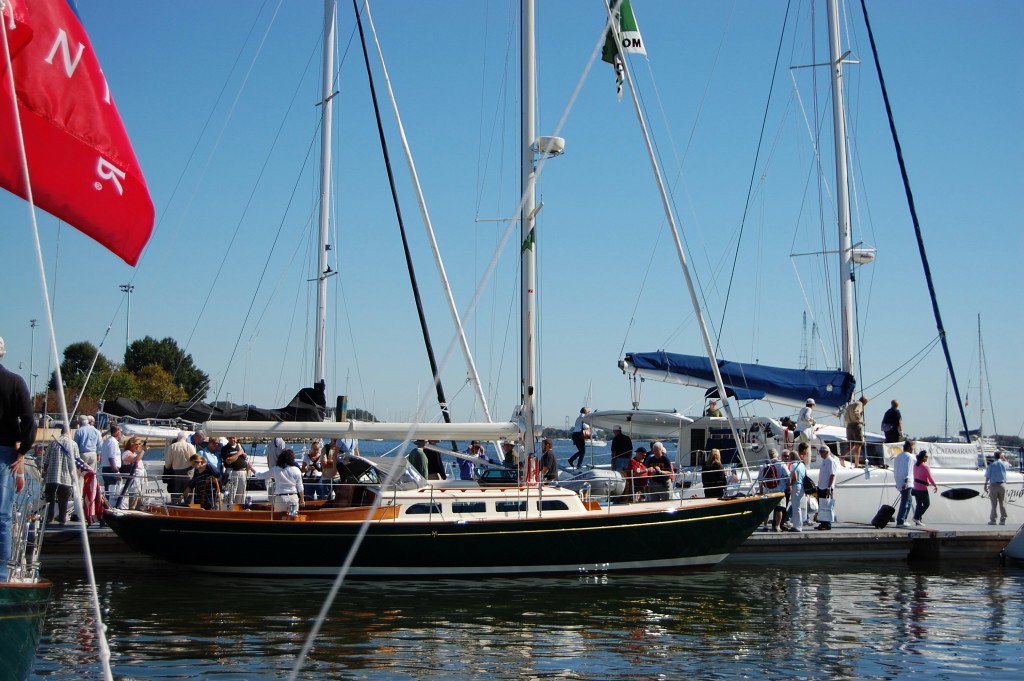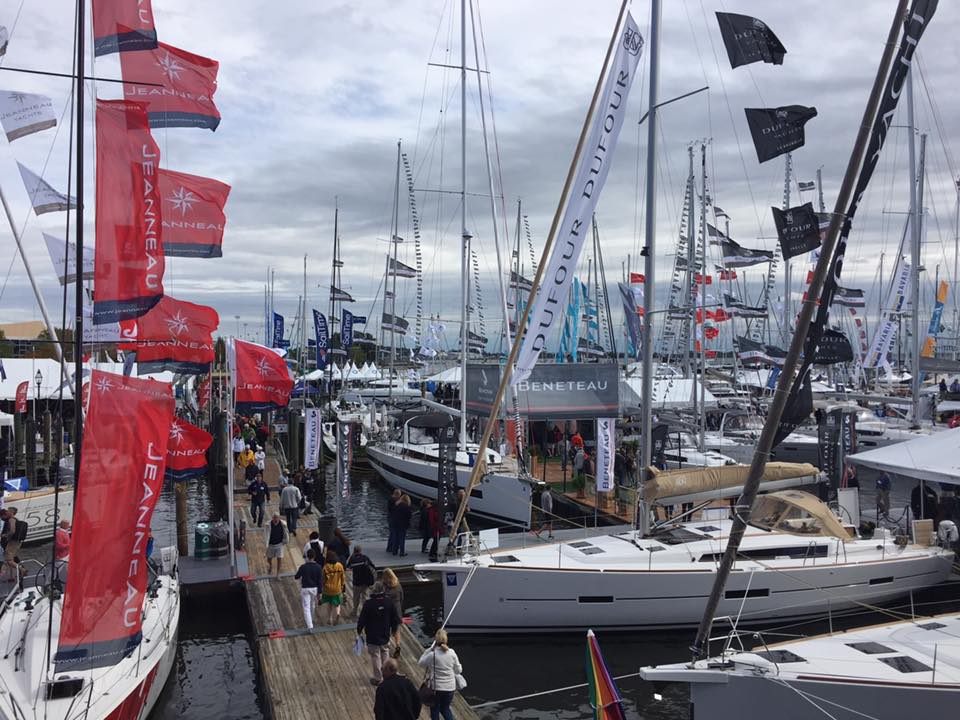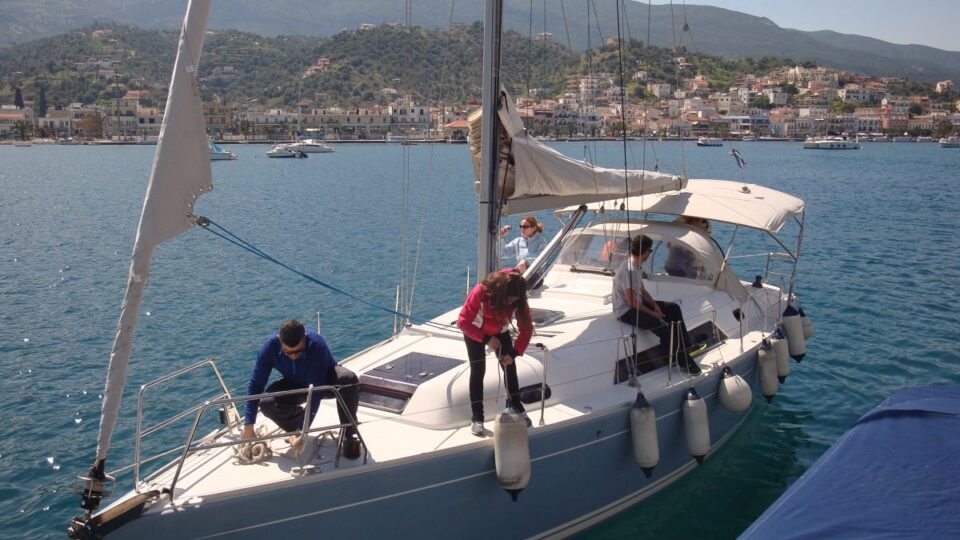Beginners Guide to Buying a Sailboat
There is a lot to take into account before making your first purchase, but one thing is certain; owning a sailboat or yacht is an exciting accomplishment for many! Imagine the warmth of the sun on your face, the waves lapping around you, and the gentle breeze. Quite an experience, isn’t it? Buying a sailboat might at first seem out of reach. Also, your first purchase is not an easy task but, don’t panic! That is to say, to follow my advice that will guide you to purchase your first boat. Keep in mind the below-mentioned tips and avoid any possible pitfalls.
Things To Consider Before Buying a Sailboat With No Experience
Consider Sailboat Hull Types
In order for sailboats to increase performance, they use the wind as their source of propulsion. They use synthetic sails or a large cloth for this purpose. They are considered to be independent vessels of motor-powered crafts since their hydrodynamic characteristics are different. There are three distinct types of sailboats, based on their hull design. These are the monohulls, catamarans, and multi-hull crafts. Monohulls are similar to conventional vessels that have a large breadth, which ensures stability while sailing. Catamarans are twin-hulled and attached by two parallel hulls of the same size, which increases stability. Multi-hull crafts are vessels between three to five hulls, like the SWATH or the Trimaran.
Monohull Designs
The common categories of monohull crafts are – dinghy, sloop, ketch, cutter, catboat, and schooner. Traditional monohulls may have full keels, cutaway keels (greater maneuverability), or bolted on fin keels that keep the vessel more stable. Monohulls can have a centerboard or swing keel which allows the boat to enter shallow waters and travel faster. When the keel is down, the vessel moves better upwind. A dinghy has a short overall length and it’s easy to maneuver. Sloops are the standard sail design, equipped with a fractionally-rigged sloop. The ketch is characterized by high speeds and has two main masts. Cutters are medium-sized and have three sails. Catboats have a single sail and aim mostly at capacity. Last category, the schooners. Schooners have more than two sails supporting on masts, the mainmast, and the foremast. Nowadays, many modern schooners are Bermuda rigged.
Catamarans
In general, catamarans have two hulls and a deck or trampoline, in between them. Cats don’t have deep and heavy keels, and that’s why they tend to sail faster off the wind. Its stability is due to its wide beam, has a shallower draft, and smaller displacement. In general, catamarans have a wider stance on the water and as a result, the wave-induced motion and heeling are reduced.
Multi-Hull Crafts
Multihulls have two hulls (catamarans), three hulls (trimarans), four or five hulls (quadrimarans), or SWATH multihulls. Multihulls displace a smaller amount of water. Moreover, both of their hulls are located in the water. This is because of the placement of the main living areas, which are located on the bridge deck and they spread their weight over a larger area. Nowadays, multihulls have become the leading choice of cruising sailors. Above all, they combine performance, speed, safety, and onboard living space.

>>Also Read: Hidden Problems to Look For in Used Sailboats
Sailboat Rig Types
The rigging types of a sailboat include the masts, the booms, and the shrouds/stays. Sloops have one mast while cutters have one or two, but more headsails. As for yawls and ketches, they have a secondary mast behind the main one. On the one hand, the ketch arrangement has the mizzenmast behind the mainmast but ahead of the rudderpost. On the other, the yawl has it behind the post. Schooners have two or more masts and their foremost mast is usually shorter than the mainmast.
Keel Classification
In general, keels have integral strength and are able to withstand numerous forces. The keel is what holds the vessel and provides a central backbone for its design. So, keels are essential to the structure and performance of a sailboat. The keel of a sailboat has to be structurally relevant because it has to carry the weight of the vessel. In today’s market, there are several types of keels designed to improve performance and speed. For example, sometimes hydrodynamic features are integrated on a keel. The types of keels are: full-length keel, centerboard keel, fin keel, bilge keel, wing keel, and bulb keel. However, full and fin keels are the most common on sailboats.
Types of Boats
So, now we have clarified the designs and characteristics of sailboats. The next step that you have to think of, is about the type of boat that better fits your needs and preferences. First things first, there are three key factors you should consider before making your purchase. Above all, type and size. Do you have a big family? Check out the Bavaria C45. Are you planning to sail around the world with friends? Then check out the IP 349. Do you want to engage in sailing and water activities? Maybe the Hallberg-Rassy 412 suits you!
All these depend exclusively on your needs. Secondly, your budget. Buying a sailboat certainly has extra costs. Keep in mind the maintenance and registration costs, mooring or dock fees, insurance, storage, and taxes. Last but not least, always consider your skills and nautical knowledge. These are of high importance when selecting your sailboat. Check out our list of the best sailboat brands for more information about the individual brands.
New or Used Sailboat?
There are a lot of pros and cons when it comes to this question. But one thing is certain! In today’s market, there are plenty of opportunities that may save you time and money. When buying a new sailboat, always perform a survey first and then talk thoroughly with the sellers. It is important to rest assured that they’ll support and guide you, especially on your first purchase. On the one hand, buying a new sailboat is for most people an assurance of quality and warranty period to prevent problems in the near future. On the other, right now there are literally millions of good deals on used boats.
If you’ve decided to reduce costs, choose from a wide variety and upgrade a sailboat as you like, then a used sailboat suits you better. Above all, when buying a used boat you will reduce some fiberglass from the landfill. Remember to perform a careful survey, find the proper boat insurance, clarify your needs, and analyze your budget in both cases.

>>Also Read: Tips on Buying a Sailboat
Buying a Sailboat With no Experience – Conclusion
Will this be the year you buy your first boat? Then you’ve chosen the right time to do it! Winter is still in effect and Spring has a way to go. There is a lot of information about boats, and it is even more complicated because of the variety of boats that exist. Try to narrow your search down and get more specific information. For example, what type of boat you need, how much does a boat cost, what safety equipment do you need to have on board, and what brands are the best? In any case, buying your first boat can be an enjoyable experience for you, your friends, and your family. Above all, you’ll get the chance to fulfill your big dream of sailing around the world! Last but not least, buy smart and look at prices over brands.
